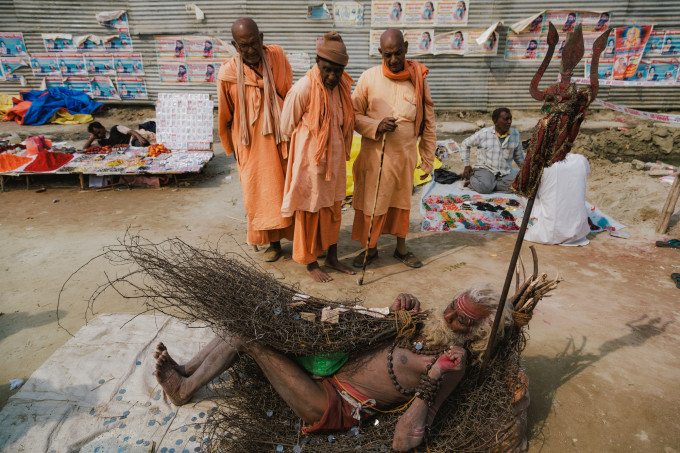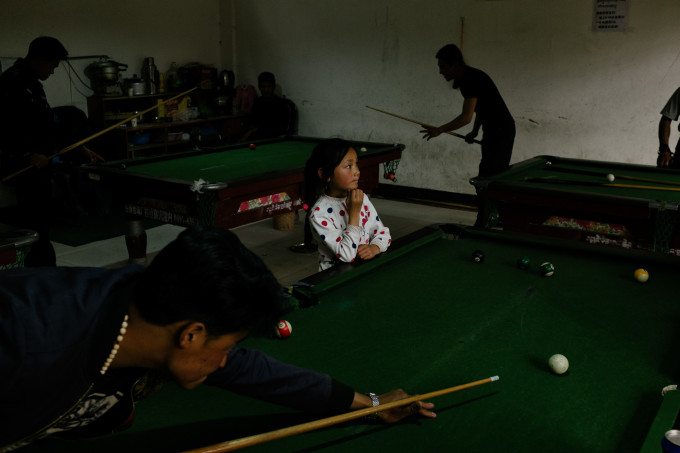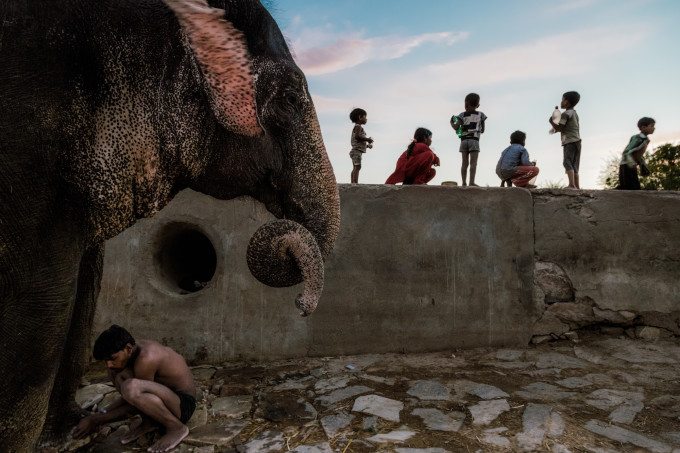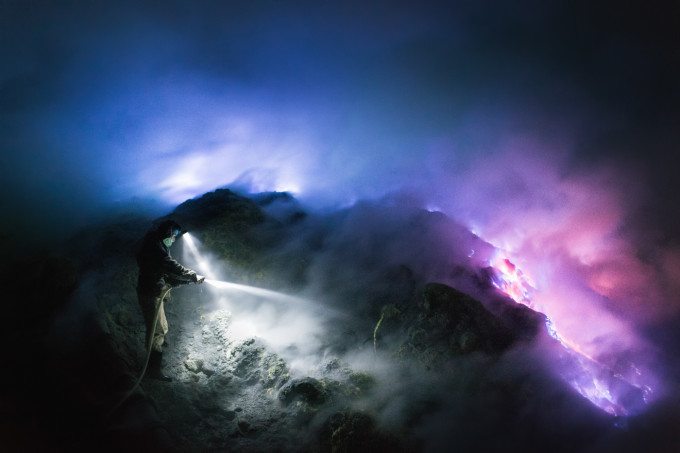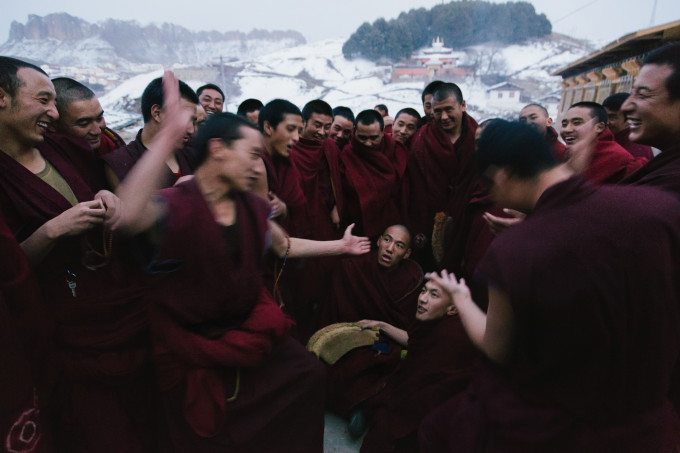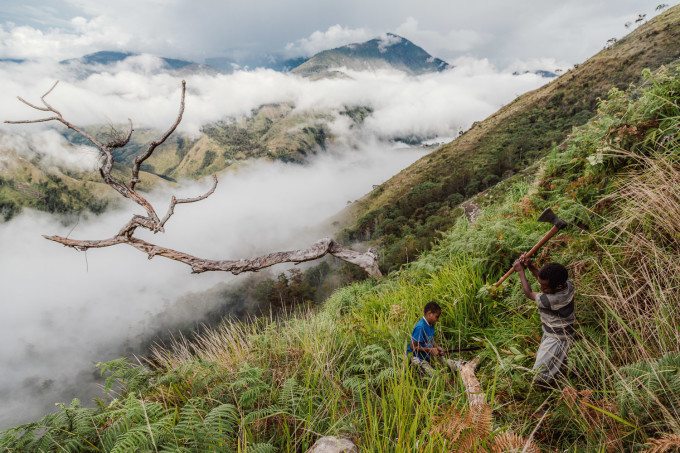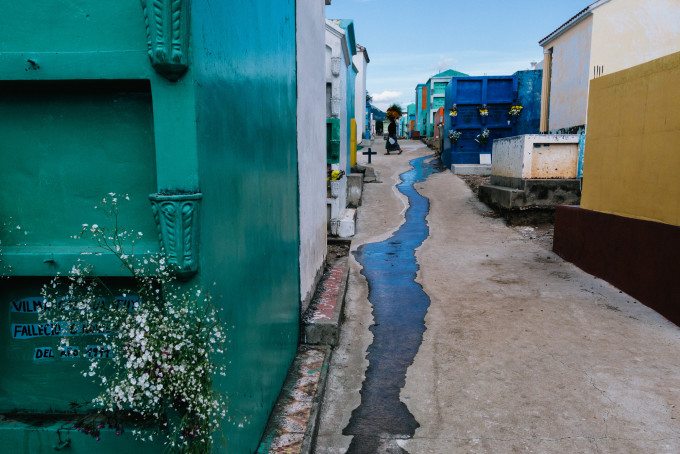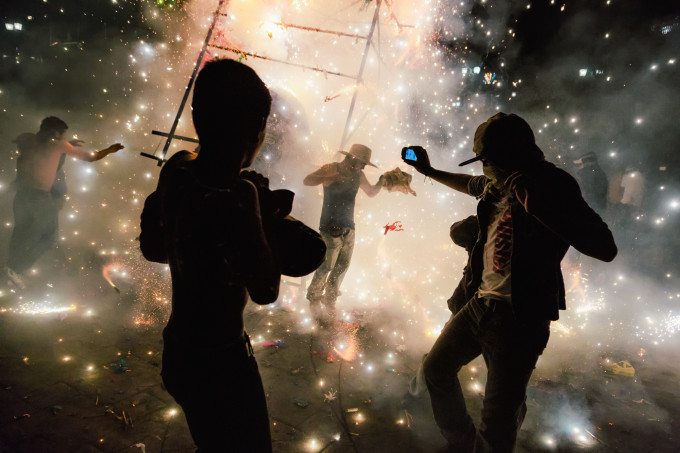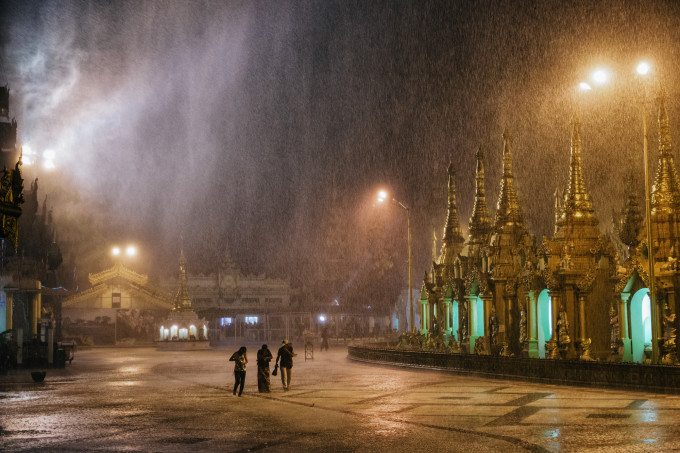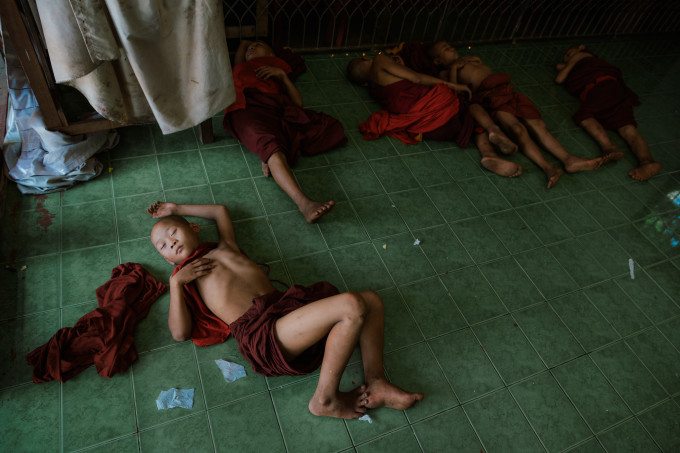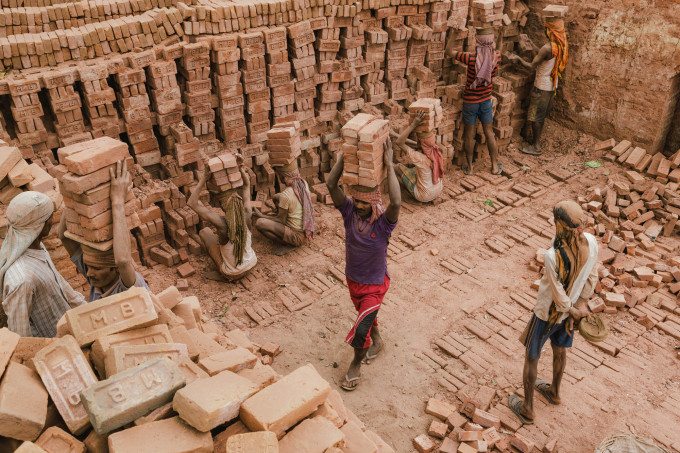All images by Porter Yates. Used with permission.
“I explored the process a little more and found that my camera fostered connections between me and my subjects.” says Photographer Porter Yates–the winner of this year’s EyeEm Photo Festival Awards.
Porter is a very unique photographer. Rather than focusing on a genre of work, he specifically just goes out and photographs what he finds interesting to him. He is well traveled and enjoys photographing and working with people to capture interpersonal connections. This translates over to his images where he displays the excellent skill of composing a scene by color.
We talked to Porter about some of the best places in the world to photograph, using EyeEm and one of his most dangerous experiences.
Phoblographer: Talk to us about how you got into photography.
Porter: Around 2008 I felt I needed a hobby. I bought a DSLR and started shooting on weekends. A few years later I found myself at a crossroads with my job and decided I needed a new direction for my life. I took some time off and traveled, and my camera came with me. I was interested in documenting the trip, though not much beyond that. I was alone for the majority of my travels, and found photography allowed me to focus on details that I had previously overlooked. It pushed me to get up early and stay out late, to see more of my surroundings.
I explored the process a little more and found that my camera fostered connections between me and my subjects. The more I shot, the more I was driven by the process of capturing interesting images. I began to plan trips specifically around photography, which led to the production of better images. My process went from self-documentation to connection with my subjects to the visual creative process. All three elements still drive me.
Phoblographer: Your work is very diverse. You shoot street, landscapes, etc. Do you not like to pigeonhole yourself, or do you feel that there is a specific genre that you’re best at?
Porter: I photograph what interests me. I think it helps to focus on a style rather than a genre. My landscapes and portraits are not the focus of my work but are supporting elements of what I chose to photograph.
Phoblographer: You have a special skill that takes many photographers a lifetime to get, the ability to compose by color in a scene. In general, what questions do you ask yourself as you’re editing or fine tuning your images?
Porter: I try to find scenes that have limited color. I’ve never shot in black and white, but I think I would have learned composition faster if I had. Color is a distraction if it’s not considered in a photograph. Sometimes I have a nice shot and the color is overpowering. It is better to control the scene before anything is captured. With that said, it is important to have a consistent look regarding how the colors and tones are processed.
Phoblographer: What gear do you use?
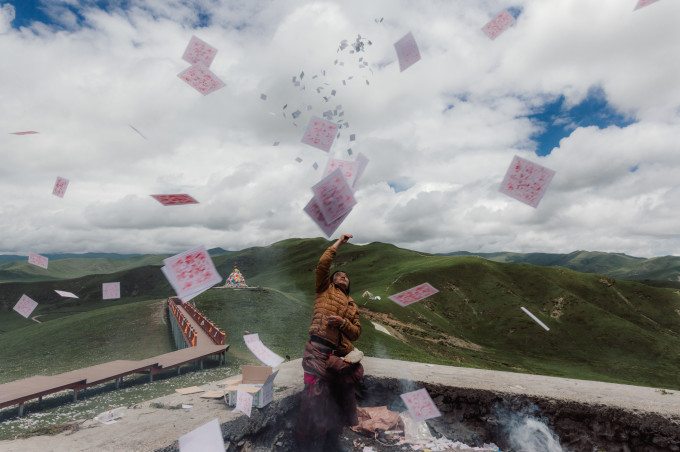
Porter: I use a 5D Mark III with a 24-70mm lens. I used to take photos along the range of focal lengths but now find most of my images are closer to 35mm. I also shoot with a Fuji x100s. The 5D is more robust and feels very natural in my hands. I can adjust the settings very quickly and don’t feel the camera getting in the way. It is, however, a giant billboard on my face when I shoot, and attracts a lot of attention. The Fuji is more discreet but doesn’t feel as responsive as the Canon. I have found myself fumbling with settings and missing shots. Both cameras have their perks and limitations.
Phoblographer: What often motivates you enough to actually pick up the camera, point it and capture a scene? Every photographer has specifics that really get to them.
Porter: There are obvious moments that seem to record themselves. Often, while those photos are interesting, I find they are not as visually successful as more contemplated shots. I have an inner voice that pushes me to take certain photos, and it is often conflicted with other feelings telling me not to. I find some of my best shots occur when I listen to that voice. I need to pay attention to it more often. I think it comes from a less distracted vision. I have many photos, ones I feel are quite strong, that I almost didn’t take at the time.
Phoblographer: Your EyeEm account shows that you’ve travelled a lot. What are your top five favorite cities and why do you choose them?
Porter: My top five favorite cities would need qualifiers -best cities for a relaxing weekend, best cities for cultural sightseeing. I’m going to make this list about places I feel are very unique:
Varanasi, India – Varanasi is such an important place for so many people. The Ghats lining the Ganges create a very special environment. Many cities section off their rivers. Varanasi has made the Ganges part of the urban fabric.
Pyongyang, DPRK – Pyongyang is maybe the most unique city in the world. I can’t think of another place that large yet that isolated from the rest of the world. It’s a place that commercialism has passed by.
Havana, Cuba – Havana has a very unique history over the last 50 years. There isn’t another city I’ve been to quite like it.
Istanbul, Turkey – Istanbul has such a long and diverse history of being a city of confluence for different cultures.
New York, USA. – Sorry, I know New York is my home but there really isn’t another city like it. It feels like a microcosm of the planet.
Phoblographer: How did you go about building your EyeEm following?
Porter: I got started with EyeEm last year when I entered some photos into the 2014 EyeEm Awards, one of which was shortlisted and went on to win the Explorer category. The group at EyeEm is really supportive of photographers and they featured me in a blog post. All of this helped to build an initial following. In addition, I try to upload regularly and interact with people on the app. That’s important, too.
Phoblographer: Tell us the story of your absolute most memorable moment so far in your career as a photographer.
Porter: When I was in West Papua, Indonesia I saw a scene of some boys chopping down a tree on one of the slopes. Many of the mountains in the area were terraced for agriculture, and the particular slope I was on, the terraces had long ago been abandoned and overgrown. I made my way closer to the boys and stepped on a loose boulder. I felt the ground give out from beneath me as I began to tumble down the steep mountain side.
I had images of myself hurtling hundreds of feet down the slope to my death and the large rock rolling over my legs or crushing my head. Somehow I was able to fling myself to the side and grab hold of some grass which kept me out of the path of the rock. When I looked up, I saw that the large boulder had stopped after only falling a few feet. I dusted myself off as the young boys laughed at my clumsiness. I try to remember that moment when I get into foreign environments. It helps me slow down and assess my surroundings.


